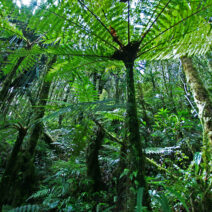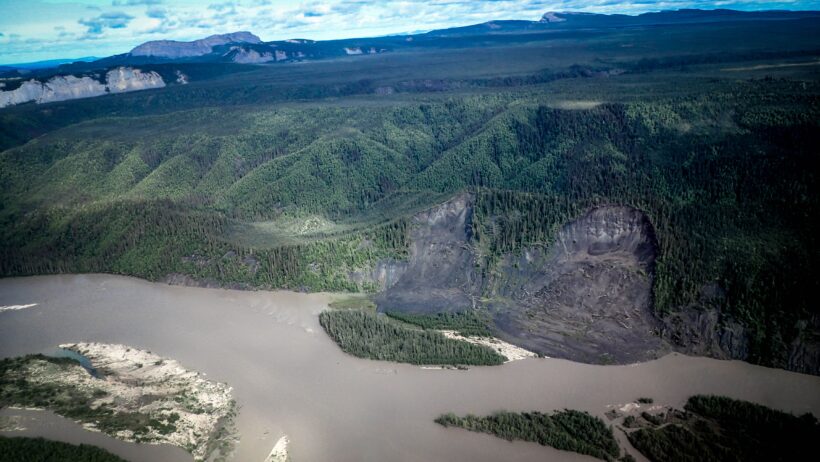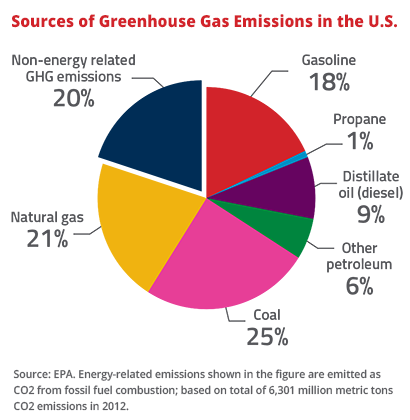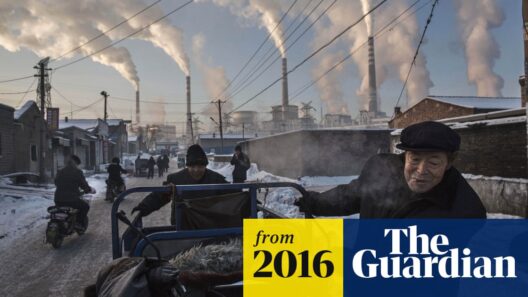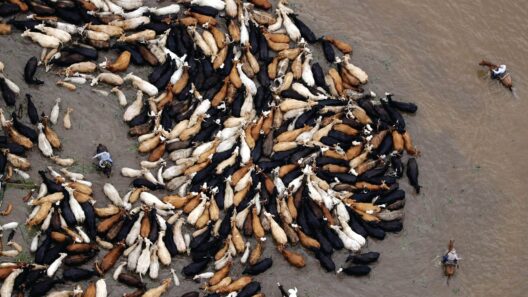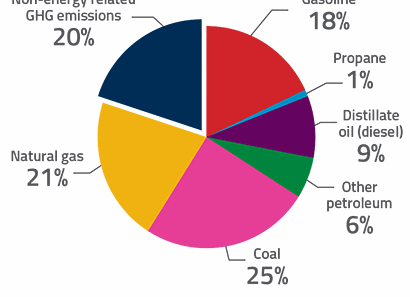Australia’s Altered Landscape: Global Warming’s Mark on a Continent
Australia is often described as a land of contrasts, where arid deserts meet lush rainforests, and vast outback plains stretch toward the glimmering coastlines of the Pacific and Indian Oceans. However, this captivating continent is undergoing a metamorphosis, as the relentless hand of global warming reshapes its iconic landscapes. The unique interplay of climate dynamics and environmental degradation is sculpting an uncertain future for Australia’s diverse ecosystems and the communities that rely on them.
Visualize Australia as a painted canvas, once vibrant and dynamic, now increasingly marred by the brushstrokes of climate change. The once-muted hues of browns and greens have begun to bleed into each other, creating a dissonant palette that reflects the turmoil beneath the surface. The alarming rate at which the climate is transforming Australia’s natural beauty serves as a potent reminder of the precarious balance between humanity and nature.
At the heart of this alteration lies rising temperatures, with the Australian Bureau of Meteorology reporting an increase of over 1.4 degrees Celsius since 1910. This seemingly innocuous number belies the devastating implications for Australia’s biodiversity. As temperatures rise, ecosystems are strained; delicate balances are upset. The Great Barrier Reef, one of the most iconic treasures of Australia’s natural heritage, has experienced unprecedented coral bleaching events. Rising sea temperatures, a direct result of global warming, wreak havoc on coral polyps, the minute architects of the reef. Once teeming with life, the coral gardens now resemble ghostly, bleached skeletons, crying out for relief.
The Australian bush, vast and intricately woven with life, tells a tale of resilience and fragility. However, extended droughts, attributed to changing rainfall patterns, have left a mark on this landscape. Native species such as eucalyptus trees and kangaroos, which have evolved to thrive in Australia’s unique climate, are increasingly vulnerable. Droughts are not only sapping water resources; they are igniting fierce bushfires that raze thousands of hectares of land. These wildfires are not mere flickers of flame; they are a cacophony of destruction that obliterates habitats and displaces wildlife. When the flames finally retreat, the landscape is irrevocably altered – a blackened scar where lush greenery once flourished.
Yet, amidst this stark portrayal of devastation, it is crucial to recognize the tenacity of nature. Australia’s ecosystems are resilient and have adapted to a myriad of challenges over millennia. However, the rapid pace of climate change presents an overwhelming pressure that overwhelms even the toughest of species. The kangaroo, a symbol of Australian wildlife, now faces shifting migration patterns as it seeks cooler, more hospitable conditions. Meanwhile, the diminutive and endangered Leadbeater’s possum clings to the remnants of its native forest home, grappling with a future dictated by environmental uncertainties.
The cultural heritage of Indigenous Australians intertwines with this evolving landscape, echoing stories of custodianship and connection to the land. Elders speak of seasons defined by the rhythms of nature, a wisdom that has guided sustainable living for thousands of years. However, the collision with modernity and climate change disrupts these traditional practices, leading to cultural disintegration as communities are forced to adapt to new realities. The land that has nurtured their existence for generations is changing, demanding a reconceptualization of both identity and lifestyle.
Urban areas too, bearing the brunt of climate-induced transformations, reflect the fight against the elements. Cities like Sydney and Melbourne are grappling with the urban heat island effect, where metropolitan expansions intensify local temperatures. Increased energy consumption leads to surges in greenhouse gas emissions, further contributing to the cycle of warming. As these cities expand, the natural landscapes are encroached upon, resulting in a less hospitable environment for native flora and fauna. Urban planning strategies must be reimagined to create sustainable habitats that harmonize the built environment with the natural world.
However, hope exists amid the turmoil. The Australian government and communities are taking steps to address the climate crisis, investing in renewable energy and exploring innovative agricultural practices. Initiatives promoting reforestation and habitat protection aim to restore what has been lost, while Indigenous land management practices are being acknowledged for their potential in preserving biodiversity. Education and activism play pivotal roles in mobilizing the population, shedding light on the urgent need for sustainable practices and policies.
In this ever-evolving narrative, climate change stands as a visceral reminder of humanity’s impact on the planet. Australia’s landscape is a testament to resilience, adaptation, and the interconnectedness of all beings. It is critical to act decisively and collaboratively, to not only preserve these natural wonders but also foster an enduring legacy for future generations. The condition of Australia’s altered landscapes implores us to cherish their diversity, understanding that their fate is intertwined with our own.
As Australia moves forward on this transformative journey, the story of its landscapes is continually being written. The canvases of its deserts, coastlines, and forests will reflect not only the challenges faced but also the determination to forge a sustainable path. With each passing season, the call for awareness and action resonates louder, urging every individual to be a steward of the land, nurturing the delicate links that bind humanity with nature.
